Nikon D780 vs D850: which Nikon DSLR is best?
How do two of Nikon’s best ever DSLRs compare? We put the Nikon D780 and D850 side-by-side
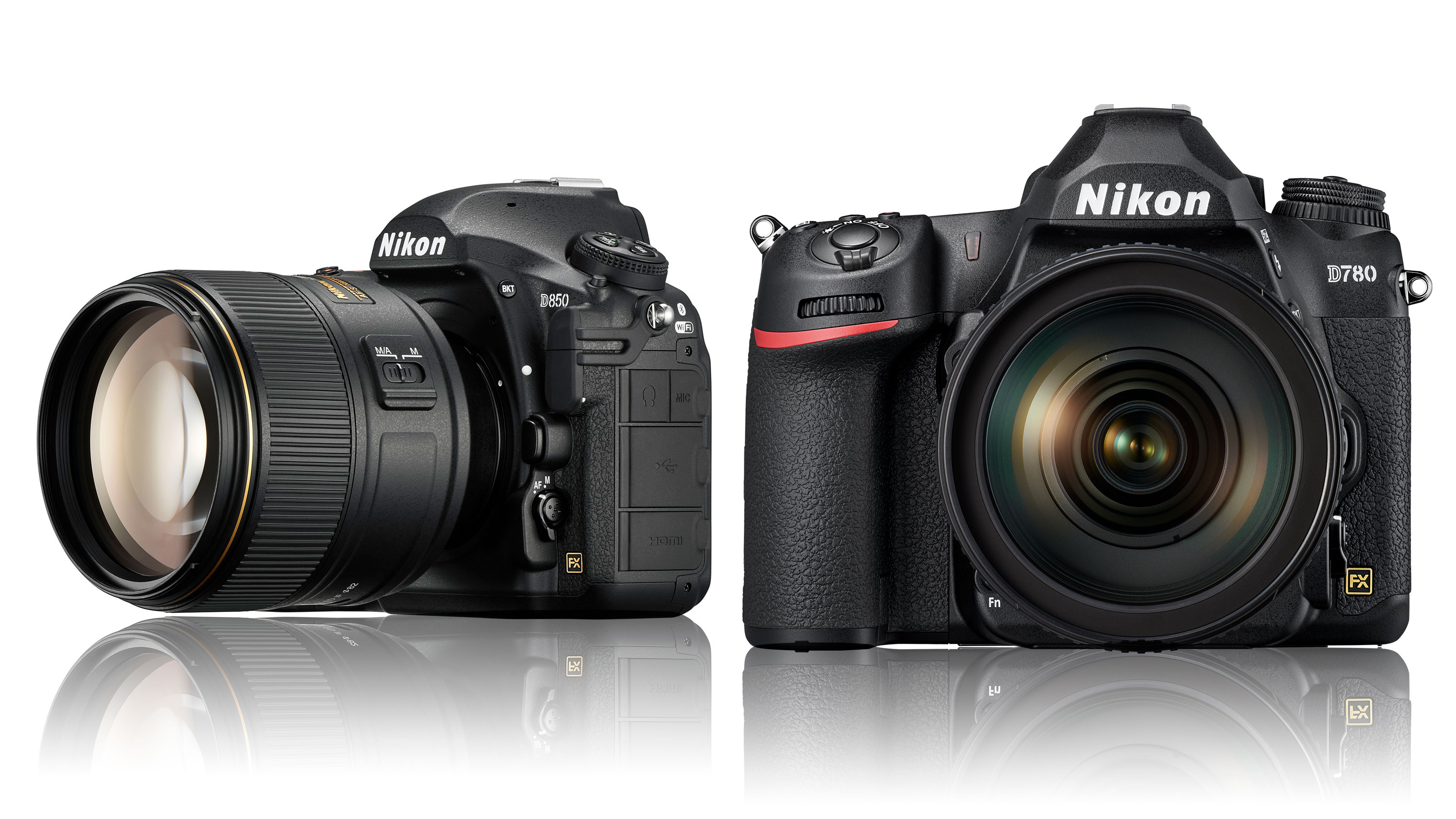
Which is the best to get, the Nikon D780 or D850? When the Nikon D850 was announced in July 2017 it was hailed as a great all-rounder that combines high resolution and speed. It wasn’t just marketing hype, the D850 is a great camera and its been incredibly popular with its target market of enthusiast and professional photographers.
However, in January 2020, the D780 came along and it’s Nikon’s first (and only) DSLR to benefit from the technology developed for the company’s mirrorless cameras. It’s also aimed at enthusiast and professional photographers, which means those users have a tough choice to make. In this post, we compare the Nikon D780 with the D850 to help you decide which one to go for.
Nikon D780 vs D850: how do they compare?
Why you can trust Digital Camera World
1. Sensor
• Nikon D780: 24.5Mp full-frame (FX) CMOS
• Nikon D850: 45.7Mp full-frame (FX) CMOS
The D780 has the same 24.5Mp backside-illuminated (BSI) sensor as the Nikon Z6 mirrorless camera. That’s a popular resolution giving a nice balance between image size, file size and noise control. The D850, however, has a 45.7Mp BSI sensor which means it can capture much larger images but noise is more likely to be an issue at the higher ISO values.
It’s worth pointing out that while the D850 has the same resolution as the Z7, it doesn’t have exactly the same sensor.
2. Sensitivity (ISO) range
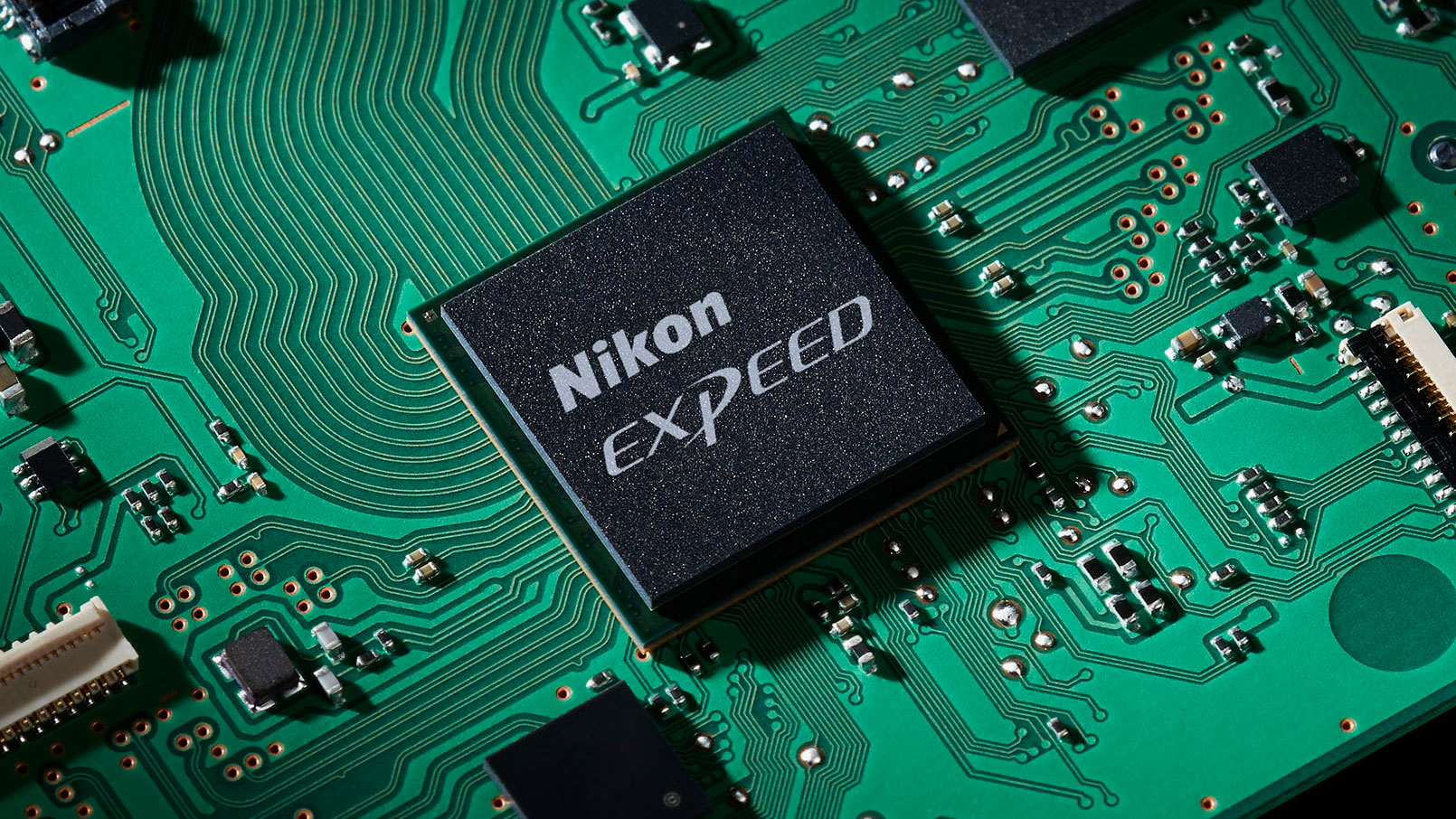
• Nikon D780: ISO 100-51,200 expandable to ISO 50-204,800
• Nikon D850: IOS 64-25,600 expandable to ISO 32-102,400
Unsurprisingly given the D780’s lower pixel count and use of the more modern Expeed 6 processing engine, its uppermost sensitivity settings are 1EV higher than those of the D850 which has the Expeed 5 processor. However, we’d still recommend keeping to a maximum of ISO 25,600 with both cameras to avoid JPEGss that look a bit too smooth and raw files with visible noise.
3. Continuous shooting rate
• Nikon D780: 7fps with the viewfinder, 12fps with the electronic shutter in Live View
• Nikon D850: 7fps, 9fps with the MB-D18 battery grip
While the two cameras have the same standard maximum shooting rate of 7fps, the D780 can shoot at up to 12fps when it’s set to Silent Live View mode. You can expect to capture up to 100 Large Fine JPEG images in one blast at that rate, which is probably more than enough for most occasions.
The D850’s shooting rate can be boosted to 9fps if you fit the MB-D18 battery grip – lower than the D780’s in silent mode. However, it also has a buffer capacity of 200 Large Fine JPEGs, so what you gain on the swings, you lose on the roundabout.
4. Viewfinder autofocus
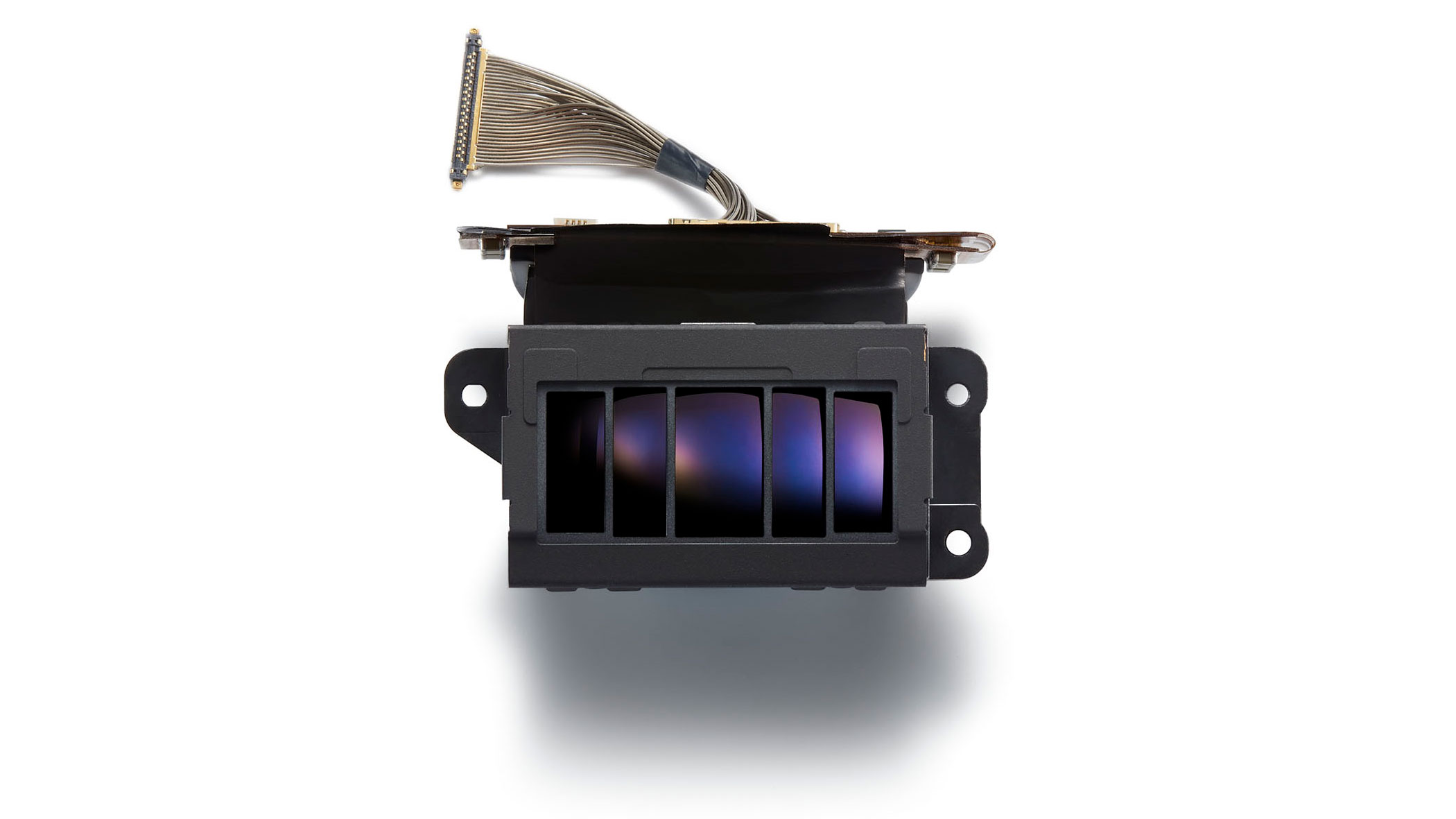
• Nikon D780: Advanced Multi-CAM 3500 II module with 51 points (15 cross-type)
• Nikon D850: Multi-CAM 20K module with 153 points (99 cross-type)
The D780 has a dependable autofocus system with 51 AF points, 15 of which are the more sensitive cross type and 11 of which operate at down to f/11. It’s fast and effective. However, the D850’s 153-point system blows it out of the water with 99 cross type and 15 f/8-sensitive points. Only 55 of the 153-points are user-selectable (35 are cross-type) and the rest are used for tracking to help the camera follow a subject around the frame.
5. Live view autofocus
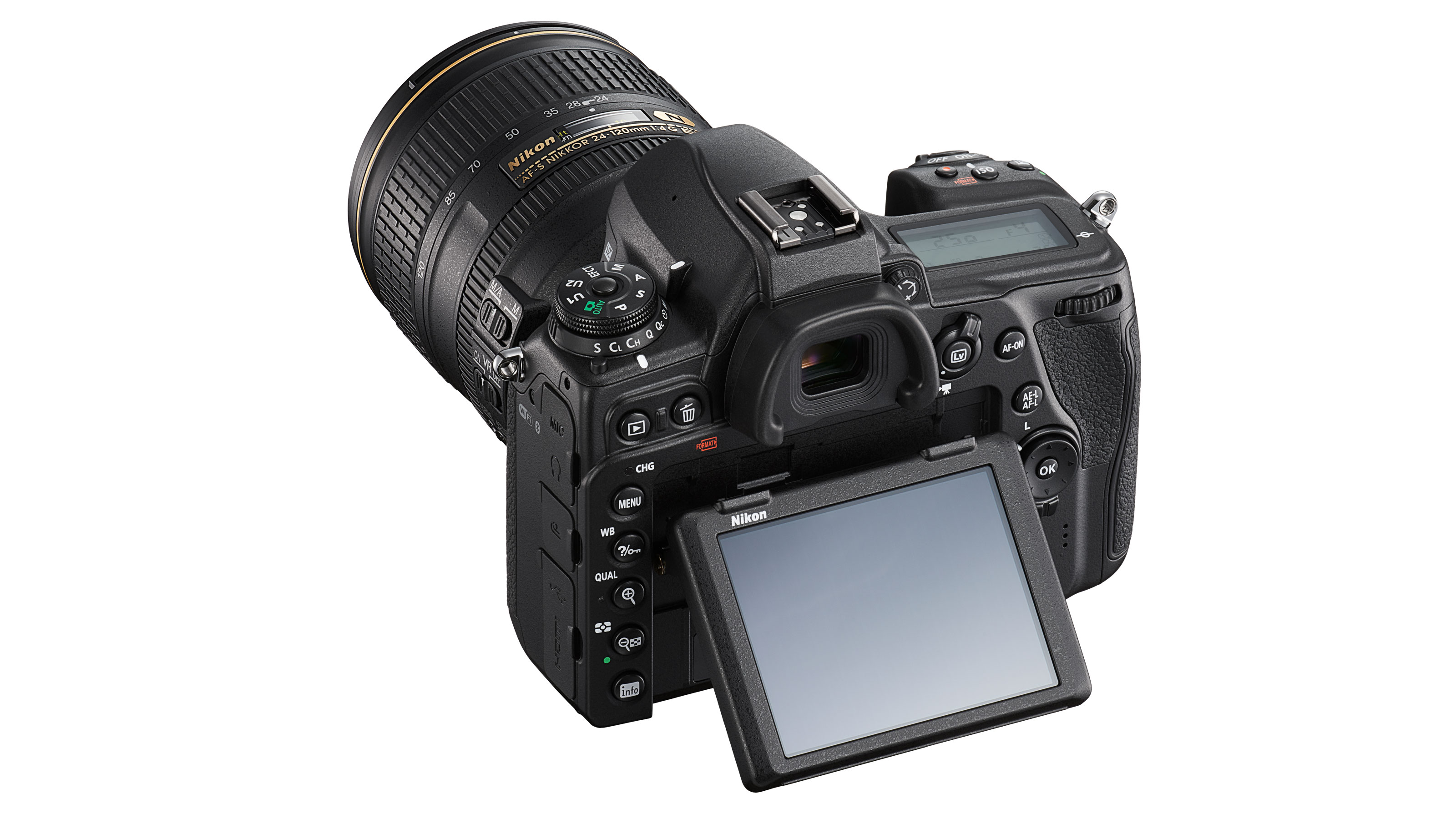
• Nikon D780: Hybrid using phase and contrast detection
• Nikon D850: Contrast detection
While the D850 has the better autofocus system when the viewfinder is in use, it can’t compete with the D780 in Live View and video mode. That’s because the D780 has 273 phase detection points on its sensor and that raises its game considerably over the contrast-detection autofocus system that’s on offer when the D850 is in Live View mode. It’s the one area where the D850 feels quite dated.
6. Storage media
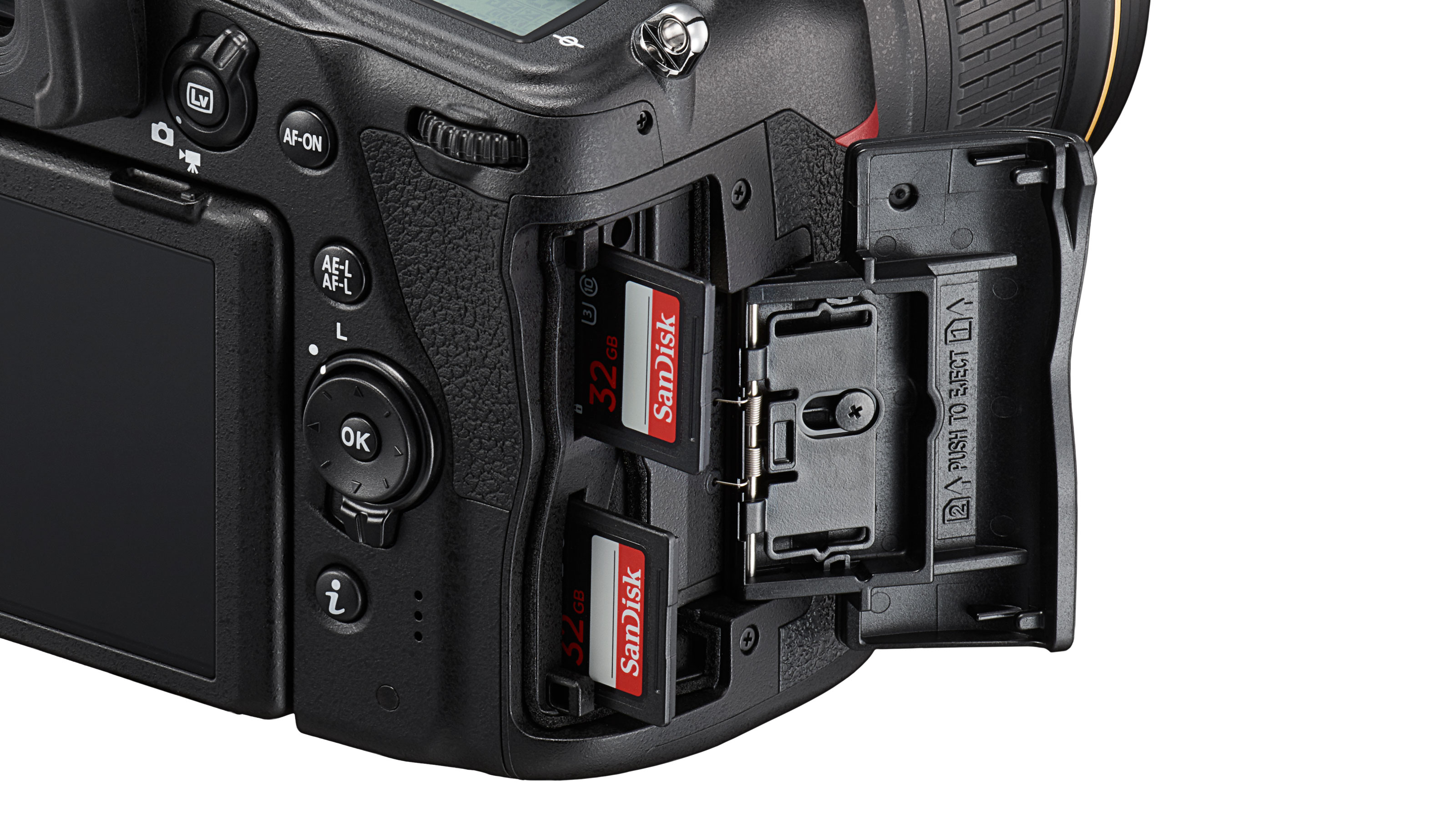
• Nikon D780: Dual SD/SDHC/SDXC UHS-II
• Nikon D850: XQD/CFexpress Type B and SD/SDHC/SDXC UHS-II
The good news is that both cameras have dual card slots so there’s the option have a back-up, which is always reassuring for once-in-a-lifetime shoots. Technically, the D850 wins because it has an XQD card slot and an SD/SDHC/SDXC UHS-II. A subsequent firmware update has made the D850 compatible with the newer CFexpress Type B format but these fast cards are still quite expensive and arguably not necessary for most users. Consequently, many photographers are likely to be happier with the D780’s dual SD card slots.
7. Video capability
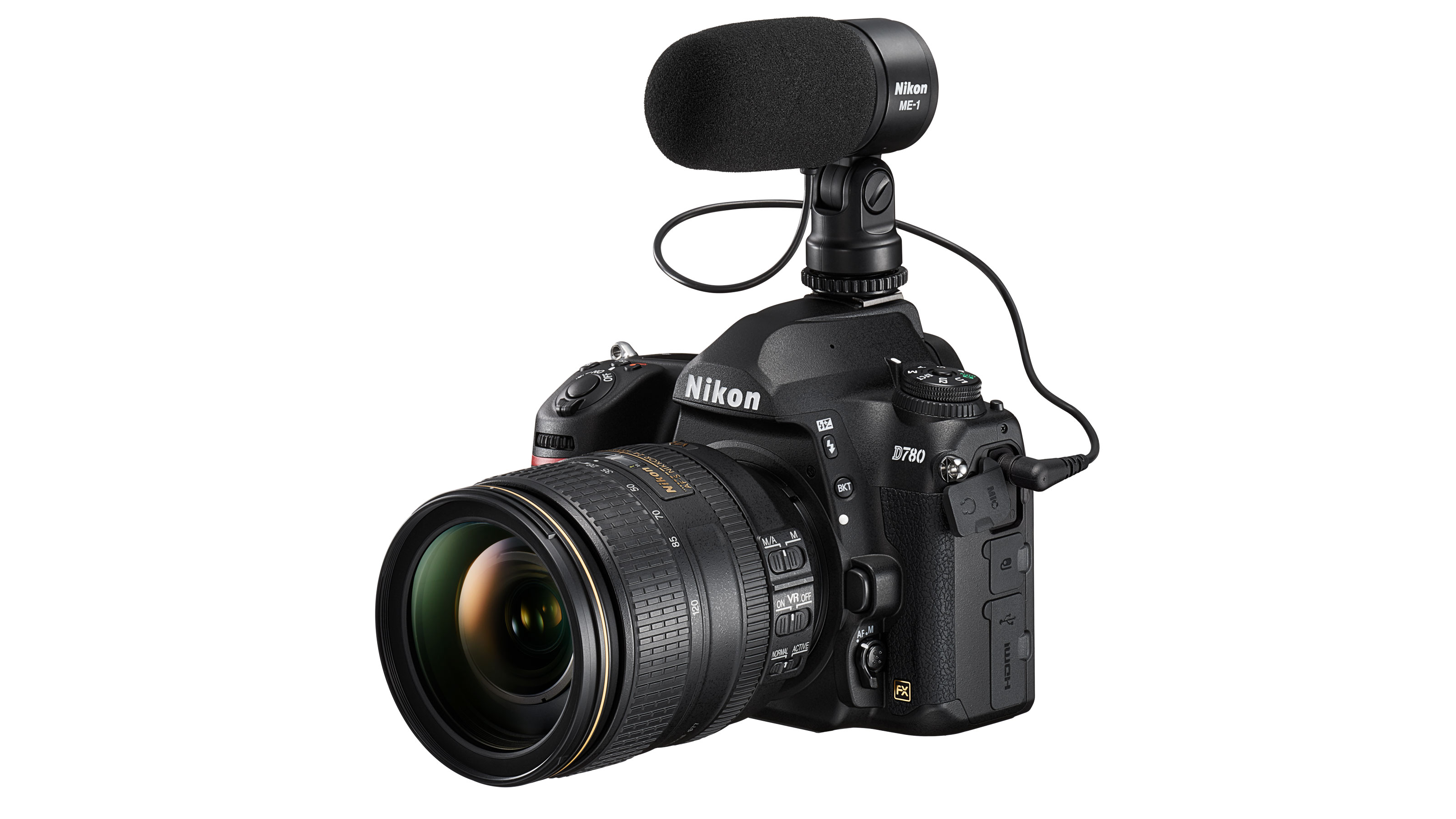
• Nikon D780: 4K (3840 x 2160) at up to 30p, 10-bit N-log over HDMI
• Nikon D850: 4K (3840 x 2160) at up to 30p, 8-bit over HDMI
If you’re recording 4K video to a memory card inserted in the camera, it might look like the two models are evenly matched, however the hybrid focusing system of the D780 gives it a distinct advantage over the D850. In addition, if you connect an external recorder like the Atomos Ninja V to the D780, you can record 10-bit N-Log footage to get up to 12EV dynamic range. With the D850, you have to settle for 8-bit and the Flat Picture Control.
8. Durability
• Nikon D780: Shutter: 150,000 cycles
• Nikon D850: Shutter: 200,000 cycles
Nikon uses magnesium alloy to construct the D780 and D850 and they are both extensively weather-sealed, so there’s no need to be concerned about a bit of rain or spray. However, the D850 has a more durable shutter that is tested to 200,000 cycles, 33% more than the D780.
Nikon D780 vs D850: conclusions

While the higher resolution of the D850 holds plenty of appeal, especially as it’s combined with such a high-end autofocus system for viewfinder shooting and fairly nippy continuous-shooting capability, the D780’s more advanced Live View technology is enticing for anyone interested in composing stills or video on the screen. It also offers faster continuous shooting and the convenience of dual SD card slots rather than SD and XQD/CFexpress slots.
How we test cameras
We test mirrorless and DSLR cameras both in real-world shooting scenarios and in carefully controlled lab conditions. Our lab tests measure resolution, dynamic range and signal to noise ratio. Resolution is measured using ISO resolution charts, dynamic range is measured using DxO Analyzer test equipment and DxO Analyzer is also used for noise analysis across the camera's ISO range. We use these real-world testing and lab results to inform our comments in buying guides. For compact cameras and phones, we judge on real world handling and photographic results alone.
Get the Digital Camera World Newsletter
The best camera deals, reviews, product advice, and unmissable photography news, direct to your inbox!
Angela has been testing camera gear from all the major manufacturers since January 2004 and has been Amateur Photographer’s Technical Editor and Head of Testing for Future Publishing’s photography portfolio (Digital Camera Magazine, PhotoPlus: The Canon Magazine, N-Photo, Practical Photoshop, Photography Week and Professional Photography magazines, as well as the Digital Camera World and TechRadar websites). She is the founder of SheClicks - a community group that encourages and supports female photographers.

